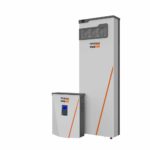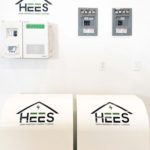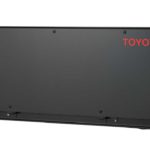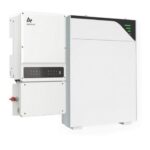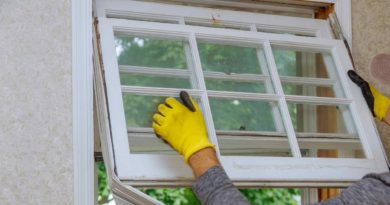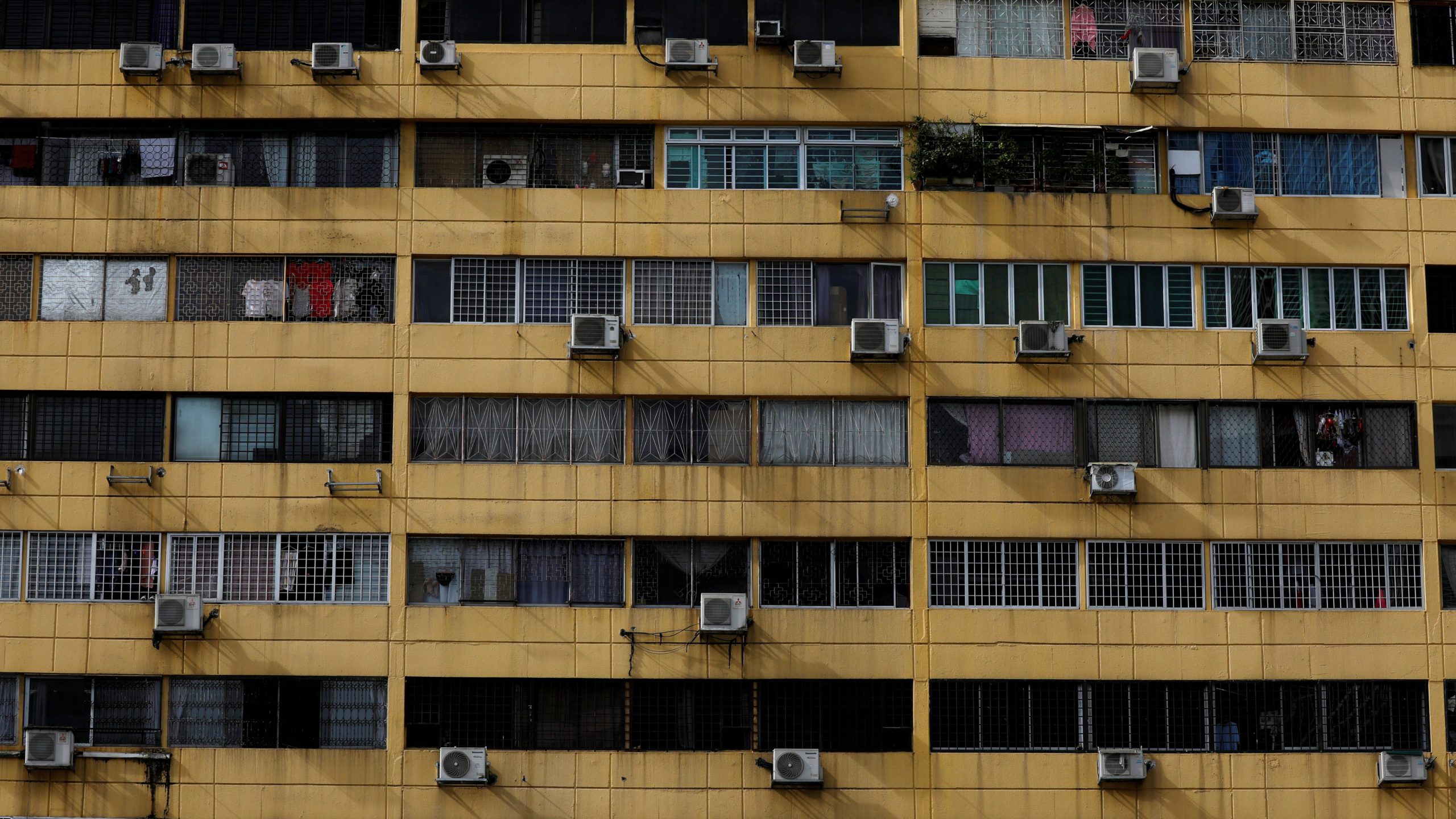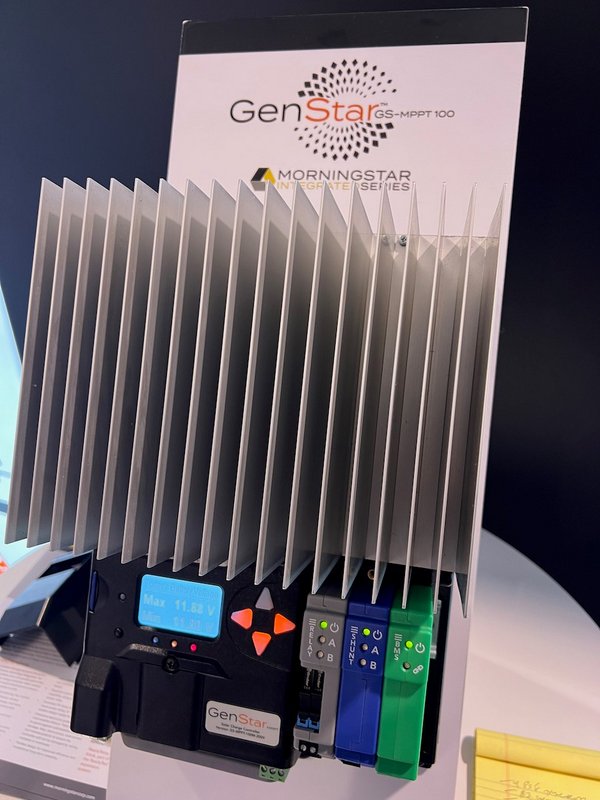Home Battery Storage: The (Solar) Rich Get Richer – CleanTechnica
Energy Disrupter
Everyone is talking about the vanishing gap between household incomes and the affordability of rooftop solar, and that’s a good thing. Throw a home battery energy storage system into the mix, though, and the gap reappears. Now add the virtual power plant model, and the gap could turn into a yawning chasm of benefits, with none accruing to households that could use the most help with their energy bills. That’s not just a social equity issue. If rapid decarbonization is the game, the name is making both rooftop solar and home energy storage accessible for more households.
Household Incomes & Home Energy Storage: It’s Complicated
The Energy Department’s Lawrence Berkeley National Laboratory has been tracking the numbers, and they have spotted a narrowing trend in the income gap for rooftop solar adoption. The lab’s April 2021 report ran the numbers for 2019, and noted that “solar adopters generally skew towards higher incomes, though that trend continues to diminish over time.”
As indicated by the “Time Trend” feature in the lab’s online data tool, the percentage of solar adoption by households in the >$200k brackets has been steadily shrinking since 2010, while adoption in lower brackets has stayed about the same or have increased.
On closer inspection, though, the shrinking income gap for rooftop solar is not as significant as it may seem.
The picture shifts when the lab looks at household income compared to area median income. In that data field, the percentage of solar adoption by the highest income bracket (>$250k) zooms far above other households, at 120% and more.
The addition of a home battery storage system throws another monkey wrench into the idea of equal access to solar power among all household incomes. In contrast to the narrowing gap for solar adoption, the home energy storage gap persists.
“Solar-adopter incomes are consistently higher for systems paired with battery storage, for host-owned systems, and for systems installed on single-family homes,” the lab concludes.
Lifting The Home Energy Storage Barrier
Some of the barriers to rooftop solar adoption are fairly well understood, and some of them are income linked. Renting instead of owning a home is one huge barrier, as is living in a multi-family building, or owning a home in need of roof replacement.
Even where these barriers are not in effect, structural racism can also play a role to the extent that it impacts access to credit.
Some of those elements can fall to the wayside, though, if rooftop solar is removed from the equation. After all, practically all households in the US are metered separately, even those in multi-family buildings. If utilities adopt programs that provide ample incentive for households to store energy during low-demand periods, it doesn’t matter whether the electricity is coming from the ratepayer’s own rooftop or not. The idea is to stop building new power plants to satisfy peak demand periods, and to reduce dependence on fossil energy during those periods, too.
A Long Way To Go On Equalizing Home Energy Storage
As much as we love solar-plus-storage here at CleanTechnica, there are solutions to the home energy storage gap, and one of the handiest may be to decouple rooftop solar from household energy storage.
However, for the here and now, rooftop solar could help narrow the home energy storage gap, by providing more middle-income households with an incentive to install their own battery.
That brings us to the new virtual power plant model unveiled by the leading US solar installer SunPower (not to be confused with Sunrun), which deploys its proprietary SunVault™ home battery system.
For those of you new to the topic, a virtual power plant deploys smart grid technology to link electricity users in a network that can perform demand-response tasks, such as ramping down unnecessary usage during peak demand periods. That can be done on the fly to some extent, but energy storage builds more resilience and flexibility into a VPP.
The SunVault VPP is currently available only in Massachusetts, Rhode Island, and Connecticut, though if all goes according to plan it could gain widespread adoption as the VPP model continues to take hold.
Increasing the probability of widespread adoption is SunVault, which is already available to any rate payer with SunPower’s Equinox rooftop solar system.
“SunVault… is designed to provide homeowners power to essential loads including lighting, plug loads and kitchen appliances during outages or shut-offs. Users can also achieve additional electricity bill savings by using stored energy during peak times when utility rates are the highest or selling excess energy back to the grid,” SunPower explains.
“Through the SunPower VPP, SunPower will coordinate the charge and discharge of participating customers’ battery, sharing energy to the utility on their behalf while reserving some electricity in the battery for backup power to the home when needed,” SunPower adds. “Customers will be notified prior to discharging the battery and can choose to bypass or pre-set their system so their personal backup does not fall below a certain level. In return, customers are compensated by the utility for their participation.
As for the energy storage technology, SunVault owners get the lithium iron phosphate formula, which seems to be gaining reputation in the stationary energy storage field.
Other Ways To Stop Building New Power Plants
SunPower promises that homeowners could save hundreds on their electricity bills during the program, which will run during the cooling season of June through September.
That may be so, but there are signs that source-agnostic home energy storage systems could become a thing, eventually.
For example, last February the Energy Department’s Pacific Northwest National Laboratory took note of a plug-in home battery offered by the firm Orison, which could store energy from solar panels or any other distributed source.
In the meantime, the unglamorous, low hanging fruit of a subsidized energy efficiency upgrade is probably the quickest and most efficient way to cut carbon emissions and reduce energy costs for lower income households.
Last month, the Energy Department took note of a weatherization carve-out in the new infrastructure bill that will “supercharge” its existing Energy Star program.
“Since 2001, the Home Performance with ENERGY STAR® program has helped American homeowners and renters save $7.7 billion on their energy bills and cut carbon emissions equivalent to a year’s worth of 11 coal-fired power plants,” the Energy Department explains.
Including a hookup with the Energy Department’s Weather Assistance Program and other programs incentivizing upgrades for low income households, Energy Star has improved almost 8 million homes since 2001 and the agency is eyeballing many more, with rooftop solar and home energy storage upgrades to boot.
“With rebates for home weatherization and electrification in the President’s Build Back Better agenda, these interagency efforts will provide consumers, utility programs and energy efficiency service providers with greater access to residential energy efficiency solutions and technologies, which will enable many more households to lower their energy burden, which is especially high for low-moderate income households,” the Energy Department observes.
Of course, accelerating home electrification and efficiency upgrades will require building up the home improvement workforce from soup to nuts, including rooftop solar and energy storage.
That should mean incentivizing programs that draw more women into the workforce and keep them there, but it appears that the US Supreme Court and West Virginia Senator Joe Manchin have other ideas about where women are best kept, so stay tuned for more on that.
Follow me on Twitter @TinaMCasey.
Photo: SunVault battery-type home energy storage courtesy of SunPower.
Appreciate CleanTechnica’s originality? Consider becoming a CleanTechnica Member, Supporter, Technician, or Ambassador — or a patron on Patreon.
Advertisement
Original Source: https://cleantechnica.com/2021/12/13/home-energy-storage-the-solar-rich-get-richer/




